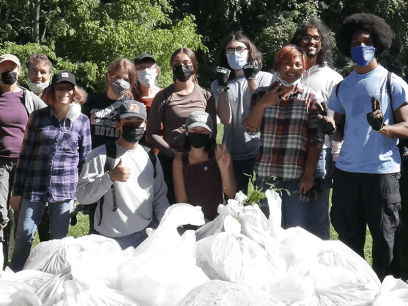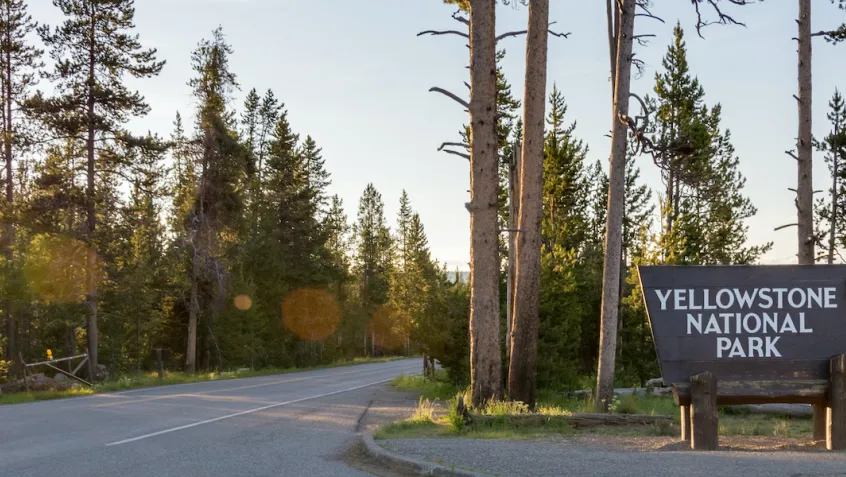
Cape Hatteras National Seashore. California Coastal National Monument. Arctic National Wildlife Refuge. Black Hills National Forest. Millions of people visit these federal lands each year for their breathtaking views, access to outdoor recreation, and unique flora and fauna. Perhaps you have visited one or more of them yourself!
But have you ever wondered how these special places got their start as protected areas? And what makes a site run by one national agency different from another?
The Public Trust
The natural resources found on these and other federal lands—the flowing rivers, towering trees, jutting cliffsides, and the flora and fauna therein—are held in what’s known as the public trust. This means the land managers, in this case various agencies of the federal government, have a duty to protect these lands for the benefit of current and future generations, and thus not allow them to be damaged, destroyed, or transferred to private ownership.
About 640 million acres of land in the US are owned by the federal government, with around 95% of that managed by just four groups. Each of these four agencies offer opportunities for outdoor recreation and exploration. However, their origins and goals differ, each with their own approach to managing the natural, historical, and cultural treasures found across the country.
Click on an agency below to learn how they got their start:
A Razed, Rocky Past
While the different offices, commissions, and divisions have shifted over time, perhaps the first sign of any of these four agencies can be traced back to 1812, with the creation of the General Land Office, then operating as part of the Treasury Department. Among other duties, this office was tasked with disposing lands, particularly in the west, to private landowners.
This distribution accelerated after the Civil War with the passage of the Homestead Act, which gave large tracts of land to settlers as an incentive to move west and cultivate the land, along with massive land grants to railroad companies. As settlers traveled west in answer to this call, they razed the land in their wake, exhausting entire regions of their natural resources by clearcutting the forests of the eastern United States and leaving behind eroded, bare hills as a result of hydraulic mining efforts in the Rocky and Sierra Nevada Mountains.
USDA Forest Service
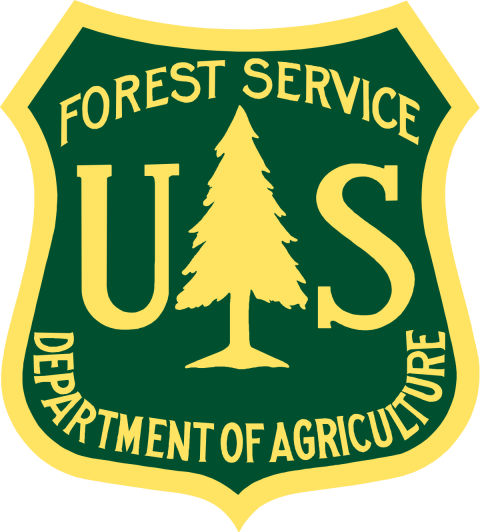
In response to the rapid decline in the nation’s timber resources, occurring without a strategic plan to ensure the continued health and productivity of the country’s working forests, Congress created the Office of the Special Agent in the US Department of Agriculture in 1876 to help assess the quality and conditions of the forests in the United States.
In 1905, this office was expanded to create the USDA Forest Service, dedicated to improving and protecting the nation’s working forests, securing favorable watershed conditions to ensure water quality, and furnishing a continuous supply of timber for the use of the people of the US.
President Theodore Roosevelt installed Gifford Pinchot as the bureau’s first chief, bringing with him the seminal interpretation of the role of the nation’s system of working forests: to manage their natural resources, “for the greatest good, for the greatest number, for the longest time.”
US Fish and Wildlife Service
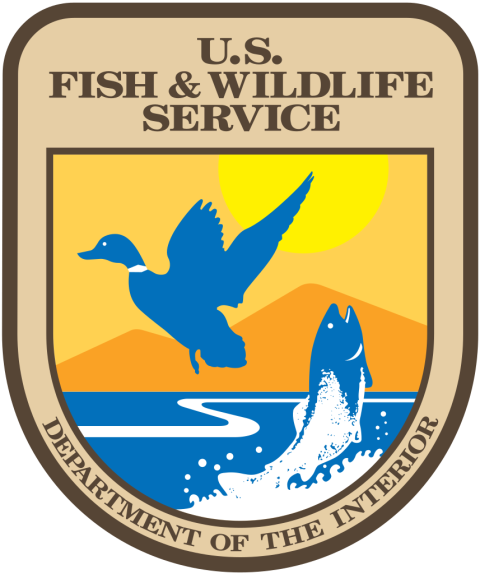
As swaths of the country were facing the possibility of catastrophic denudation, there were also concerns that the nation’s fish stocks were in decline. In response, the Office of the Commission of Fish and Fisheries, later known as the Bureau of Fisheries, was established in 1871 to study and recommend solutions to the potential threat to the supply of both marine and freshwater fish, an important source of food and an economic driver.
Several decades later, the Bureau of Biological Survey was established under the US Department of Agriculture with the goal of surveying the geographic distribution, food habit, and migratory patterns of the nation’s birds and mammals. With this in mind, President Roosevelt created the first wildlife refuge in the US, Pelican Island National Bird Reservation, in 1903 and assigned the Bureau to manage this land.
As time went on, these two agencies tasked with monitoring different aspects of the nation’s animal population would be joined together under the Department of the Interior to form what we now know as the US Fish and Wildlife Service.
National Park Service
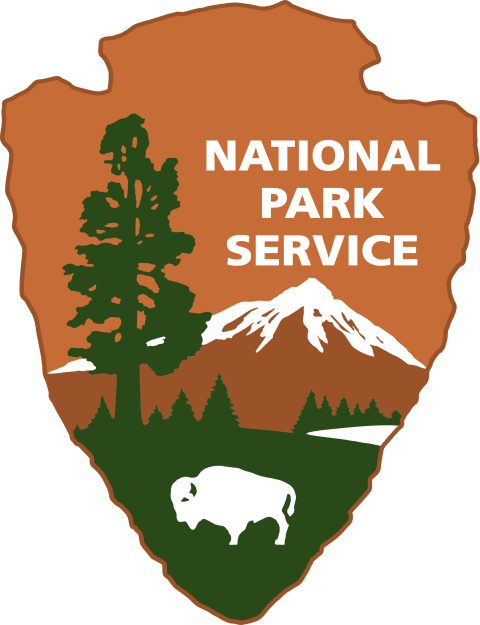
If the above agencies were formed in part as a reaction to the damage that was occurring to the nation’s fish stock, game birds, timber, and water resources, then their counterpart would be the National Park Service—a grassroots effort to protect the beauty of America’s vast landscapes before the destruction reached their doorstep.
Armed with art, literature, and science distilled from these pristine landscapes, preservationists made the case for the protection of individual sites even before an overarching agency was formed. Yellowstone National Park, the first of the system, was created in 1872, followed closely behind by Sequoia National Park, Yosemite National Park, Mt. Rainier National Park, Crater Lake National Park, and a selection of Civil War battlefields.
It wasn’t until 1916 that the then 35 existing national parks and battlefields received a unified system of management under the National Park Service. This revolutionary agency was formed with the goal of promoting and regulating the use of parks for the conservation of scenery, natural and historic objects, and wildlife to ensure they could be enjoyed by future generations.
Bureau of Land Management
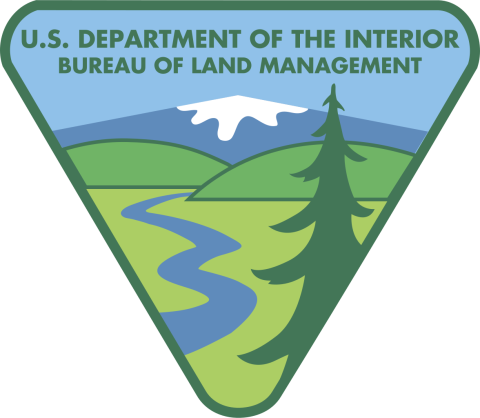
With the passing decades, these pieces of the public lands portfolio were broken off and placed under varying degrees of protection. However, the bulk of public lands assets under federal control were still held by the General Lands Office, even as millions of acres were being disposed to private individuals, states, railroads, and other corporations. The remaining land became a source of open grazing land for western ranchers—which, when coupled with the aggressive population boom of the mid- to late-19th century, was in danger of leaving many areas overgrazed.
With this in mind, President Franklin Delano Roosevelt signed into law the Taylor Grazing Act in 1935, creating the Division of Grazing under the Department of Interior. This group created “grazing districts” and began regulating their use to improve livestock management as well as the environmental conditions on those grazing lands. In subsequent years, the division was renamed the US Grazing Service and then merged with the General Land Office in 1946 to create the Bureau of Land Management.
A More-Protected Present
Today, the public lands these agencies work to protect and administer are still guided by the principles that were in place at the time of their creation. Click on an agency below to learn more about their current roles in protecting and preserving America’s public lands.
USDA Forest Service: Protecting America’s Working Forests
The US Forest Service (USFS) manages more than 193 million acres of national forests, grasslands, and rangelands across 44 states, Puerto Rico, and the Virgin Islands, including the cultural and natural resources found within these areas. The forests managed by the USFS remain working forests, with the goal of using the timber products and other resources to support the agency’s work to foster resilient, adaptive ecosystems that help mitigate the effects of climate change while strengthening local communities.
The research division of the USFS helps with this goal by providing the scientific and technical knowledge required to protect and sustain the nation’s natural resources—not only on forest service lands, but all lands—and is the largest forestry research organization in the world.
The total acreage of land that the USFS manages is larger than the state of Texas, and most of it is available for the public to explore. Interested in checking out one of our nation’s national forests or grasslands? Visit Discover the Forest to find a site near you.
US Fish and Wildlife Service: Conserving Wildlife and Habitats
The US Fish and Wildlife Service (USFWS) has remained largely a scientific and conservation-focused agency, the only one whose primary responsibility is the conservation and management of fish, wildlife, plants, and habitats for the American public. They work towards this goal by monitoring and managing migratory birds, restoring nationally significant fisheries, enforcing federal wildlife laws such as the Endangered Species Act and the North American Wetlands Conservation Act, conserving and restoring fish and wildlife habitat, and administering grants to states, territories, and tribes for conservation work.
This agency was among the last in this list to open their doors for public visitation until the passage of the Refuge Recreation Act in 1966. Today, much of the land across the 568 national wildlife refuges are open for hunting, fishing, bird watching, hiking, and other recreational activities, and sees an average of 59 million visitors per year.
Fun fact: There is a national wildlife refuge to be found in every US state and territory! Interested in visiting one yourself? Check out this interactive map to see which refuges are located near you, and plan your visit today.
National Park Service: Preserving Public Lands for Future Generations
Since its founding in 1916, the National Park Service (NPS) has worked towards preserving the natural and cultural resources of the nation for the enjoyment, education, and inspiration of the public now and in the future. Today, NPS has more than 400 units across all 50 states, the District of Columbia, American Samoa, Guam, Puerto Rico, Saipan, and the US Virgin Islands.
Each unit represents an area of such national significance—whether that’s natural, historic, or otherwise—that they justify special recognition and protection from Congress. However, not all of them are national parks. There are more than 17 naming designations for NPS lands, and each one has a slightly different purpose. For more info about the differences between the various NPS units—like what makes a national memorial different from a national monument—check out their website.
Want to visit one of these units? Use the Find Your Park tool to see NPS sites in your area.
Bureau of Land Management: Managing Accessible Lands
The Bureau of Land Management (BLM) continues to manage the nation’s system of rangelands; however, with the passage of the 1976 Federal Land Policy and Management Act, their focus has broadened to ensure natural, cultural, and historic resources are maintained for present and future use. Similar to the USFS, BLM lands are working lands—they provide livestock grazing opportunities, timber harvesting, mining, and also include energy development activities, as well as recreational opportunities.
BLM manages more land and substrate mineral estate than any other government agency, including 25 national monuments (areas established to protect historic, natural, or scientific interest), 21 national conservation areas (offering scientific, cultural, ecological, historic, or recreational value), and 8.8 million wilderness areas (lands requiring minimal human disturbance, including a ban on motorized transit and commercial enterprise). BLM also works to preserve and restore essential habitat for 245 threatened or endangered species.
Interested in visiting one of these national conservation areas, monuments, wild and scenic rivers, or historic trails? Visit Recreation.gov for a full listing of accessible federal public lands and start planning your trip!
United Through a Dedication to Conservation
The four federal land management agencies highlighted here are staffed by dedicated civil servants who tirelessly protect and manage America’s public lands for everyone to enjoy, now and in the future. Without their hard work, this country would lose a key part of what makes it so special.
Inspired to give back to these national treasures? Consider signing up for a volunteering event on National Public Lands Day. Not only will you help keep these lands in pristine condition for yourself and future visitors, but it’s also a fee-free day at most federal public lands.


